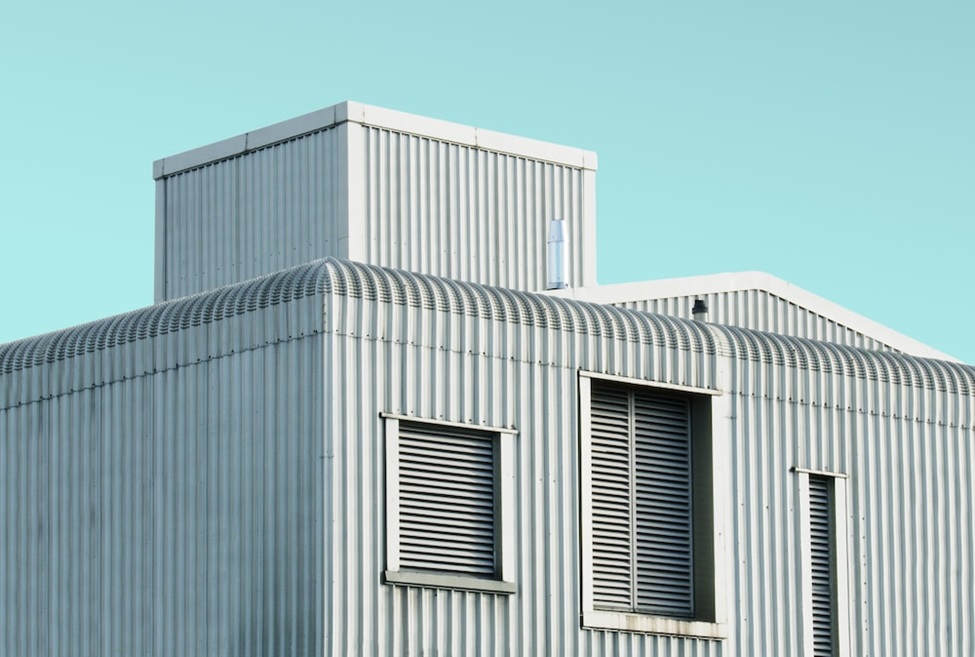At a Glance:
- The Australian industrial property market faces significant challenges, including economic uncertainty, shifting tenant preferences, rising construction costs, land scarcity, and stringent environmental regulations.
- Industrial real estate agencies in Melbourne play a crucial role in helping investors and businesses navigate these challenges, find suitable properties for sale, and secure favourable deals.
The Australian industrial property market constitutes a significant portion of the nation’s economic landscape. However, in 2023, it faces a unique set of challenges reshaping its dynamics and posing substantial hurdles. This article will delve into the top five challenges confronting the Australian industrial property market this year and explore their implications for investors, real estate agents, and businesses looking for industrial real estate for sale or lease in Melbourne.
Industrial real estate agencies in Melbourne play a crucial role in navigating these challenges and helping businesses find suitable properties in this competitive landscape. So, working closely with these agencies is essential to find the right industrial space deals for you.
Economic Uncertainty
The Australian industrial property market in 2023 confronts a significant challenge in economic uncertainty. Despite a strong recovery and a tight labour market, uncertainty looms large. The critical unknown lies in the speed at which inflation moderates, driven by factors like wage and rent growth. Simultaneously, the effects of rapid monetary policy tightening are yet to fully materialise, posing a risk of a sharper economic slowdown than anticipated.
These uncertainties are not unique to Australia; they are prevalent in advanced economies globally. Persistent inflation and central banks’ restrictive measures contribute to heightened volatility, as seen in recent financial sector disruptions in the US and institutions like Credit Suisse. These fluctuations may ripple into Australia, affecting lending conditions and confidence in the industrial property market, making it a pivotal challenge to navigate in 2023.
Shift in Tenant Preferences
The Australian industrial property market’s 2021 dynamics hinted at a significant shift in tenant preferences, a crucial factor affecting the sector’s 2023 challenges. While occupier activity surged, the shortage of available scalable industrial spaces became evident. Tenants, driven by immediate needs, started focusing on existing assets and soon-to-complete developments. This shift reduced speculative space entering the market, creating a disconnect between supply and demand.
Rental negotiations felt the impact, with rising net effective industrial rents. Tenants, particularly in the third-party logistics (3PL) and eCommerce sectors, were willing to pay a premium for quality space in prime locations. As we look ahead to 2023, these changing tenant preferences are set to challenge the Australian industrial property market by intensifying competition and driving up costs, making it one of the top challenges faced by the industry.
Rising Construction Costs
The Australian industrial property market in 2023 faces a formidable challenge in the form of rising construction costs. Driven by factors like the COVID-19 pandemic and supply chain disruptions, construction expenses are on the ascent. Labour costs fluctuate, with regions like Perth experiencing a 4% fluctuation, in contrast to Adelaide’s 2%, amplifying regional cost disparities. Building materials, such as concrete, see price fluctuations of up to 10% in Brisbane and 7% in Darwin, directly impacting construction expenses. Anticipated percentage cost hikes in 2023, ranging from 4% in Sydney to 6% in Brisbane, further compound the cost challenge.
These soaring construction costs may translate into higher rental rates and reduced affordability, potentially reshaping the industrial property market’s dynamics and growth prospects for the year. Developers and investors must navigate this challenging landscape effectively to remain competitive in the Australian market.
Land Scarcity
Land scarcity in the Australian industrial property market has become a pressing concern. Institutional investors’ growing interest in industrial and logistics sectors has driven land values to unprecedented levels. Some areas have witnessed land value growth of 30-50%, with values doubling in a year in some precincts.
This scarcity pushes up rents and makes it challenging for businesses seeking industrial properties in 2023. As land availability declines, it significantly impacts the accessibility and dynamics of the Australian industrial property market. Investors should work with resourceful industrial real estate agents in Melbourne and other metropolitan areas to identify potential properties and negotiate better deals.
Environmental Regulations
Environmental regulations are becoming a formidable challenge for the Australian property market. With a growing focus on sustainability and ecological conservation, stringent standards require costly retrofits for older properties. Meeting these regulations not only adds to operational expenses but also affects the attractiveness of properties for investors and tenants. Consequently, the market is witnessing a transformation in property design, location choices, and investment strategies. These regulatory shifts can increase costs, reduce property values, and reshape the industry’s landscape in 2023, making them a critical challenge that cannot be overlooked.
In conclusion, the Australian industrial property market faces a complex landscape marked by economic uncertainty, shifting tenant preferences, escalating construction costs, land scarcity, and stringent environmental regulations. These challenges necessitate strategic partnerships with experienced industrial real estate agencies in Melbourne and nationwide. These experts are pivotal in guiding investors and businesses through these challenges, helping them find the right industrial real estate for sale in Melbourne and other key locations.
Navigating this evolving market landscape requires agility, adaptability, and a keen eye for emerging opportunities. By collaborating closely with knowledgeable professionals, stakeholders can unlock the potential for success amidst these formidable Australian industrial property market challenges.

